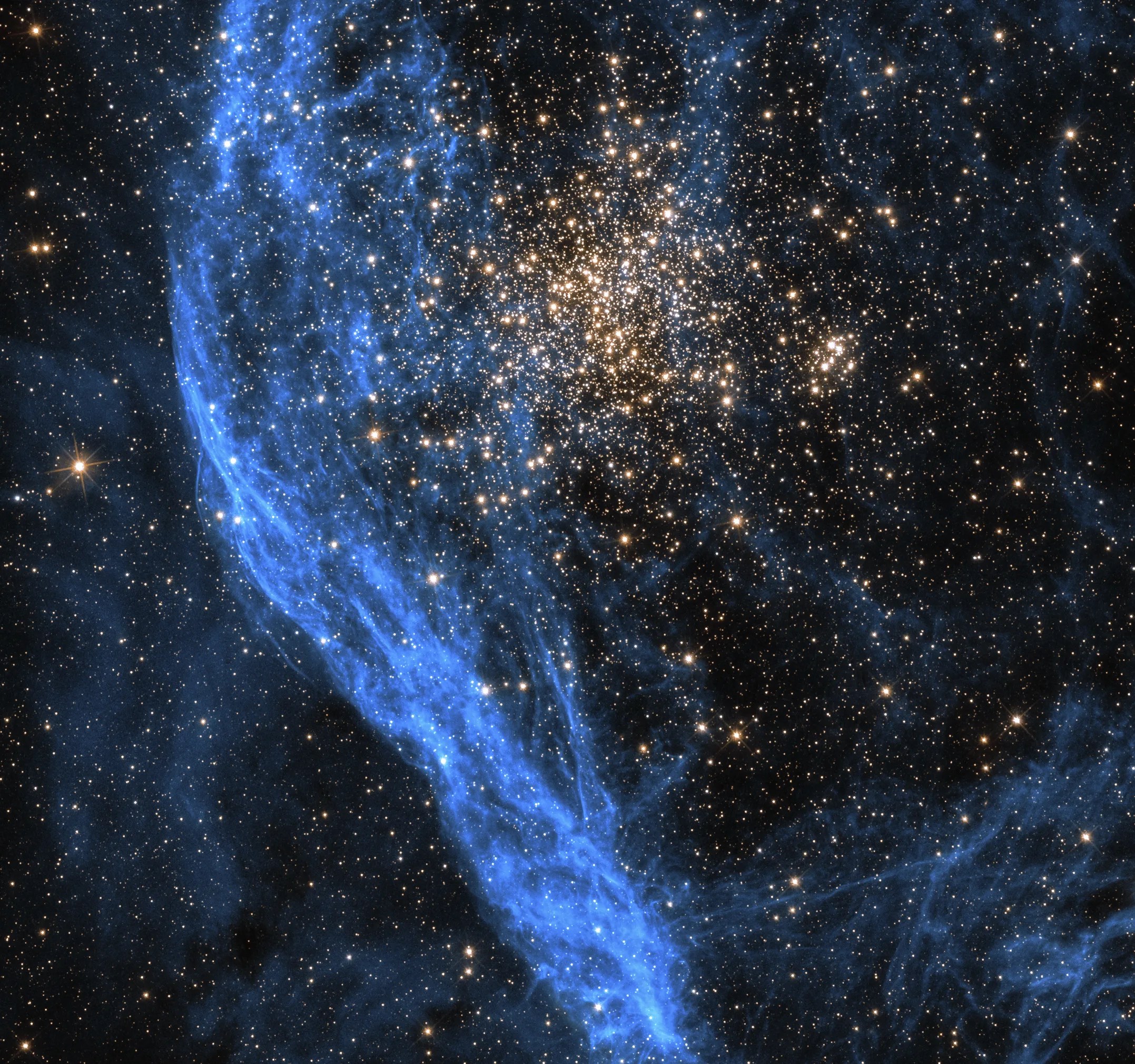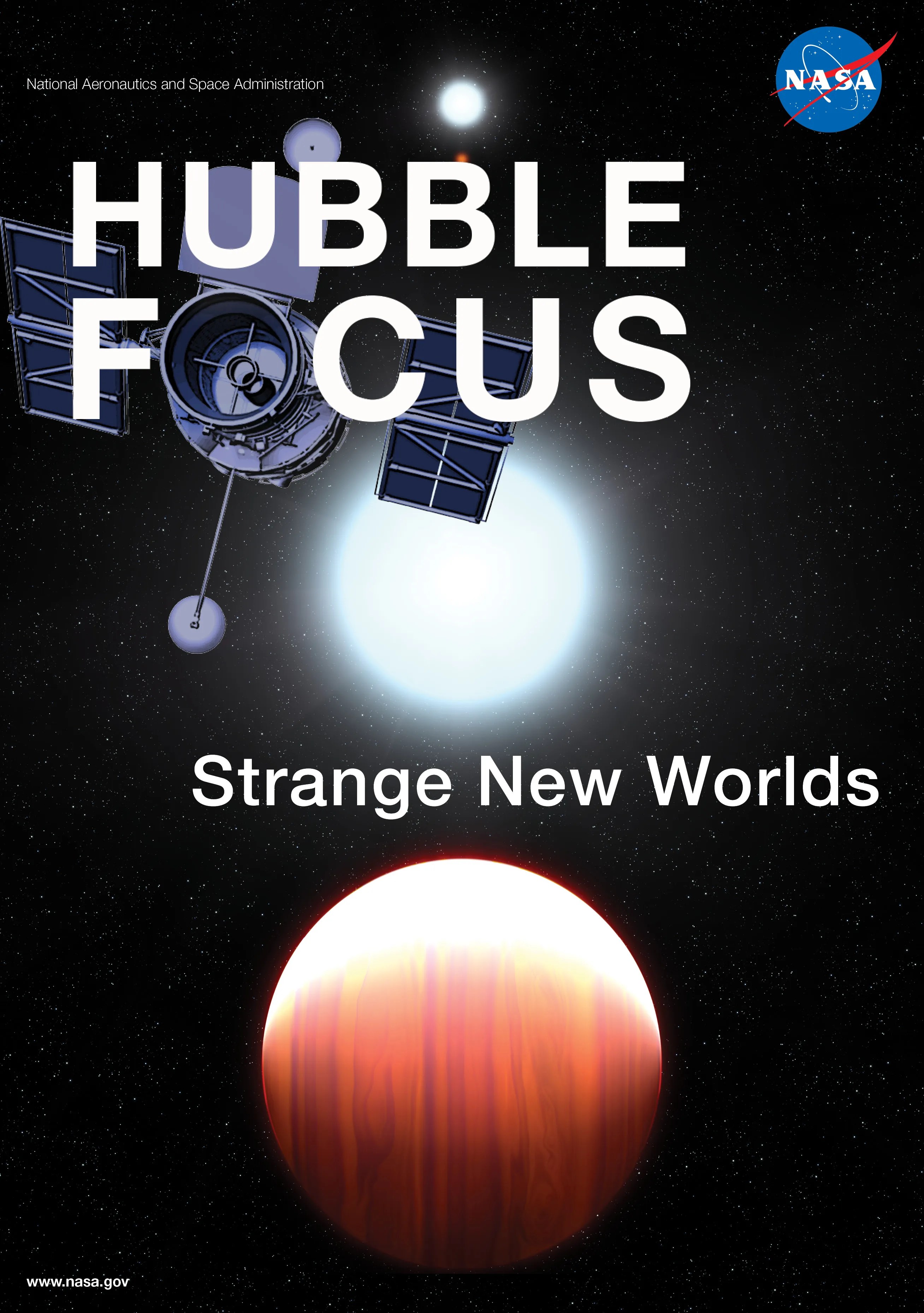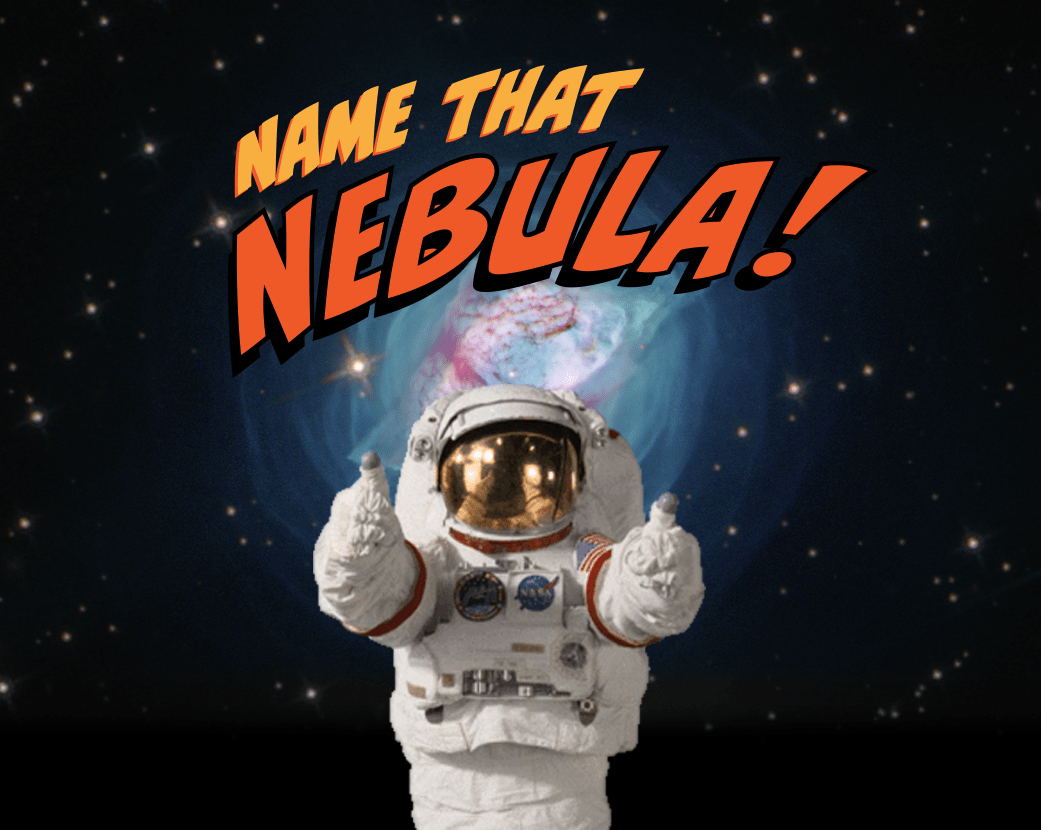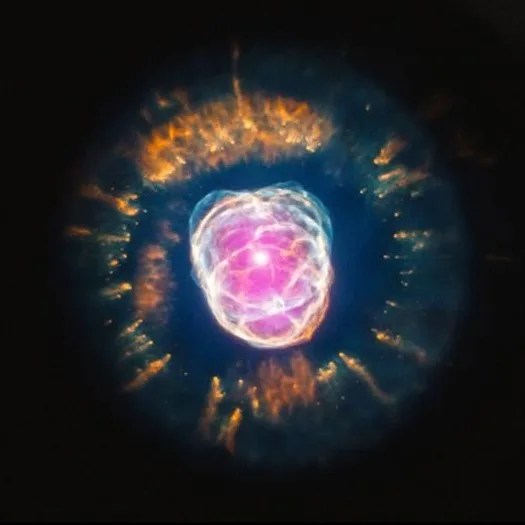Messier 67
This open cluster contains an unusually old population of stars.
Distance
~2,800 light-years
Apparent Magnitude
6.1
constellation
Cancer
object type
Open Cluster
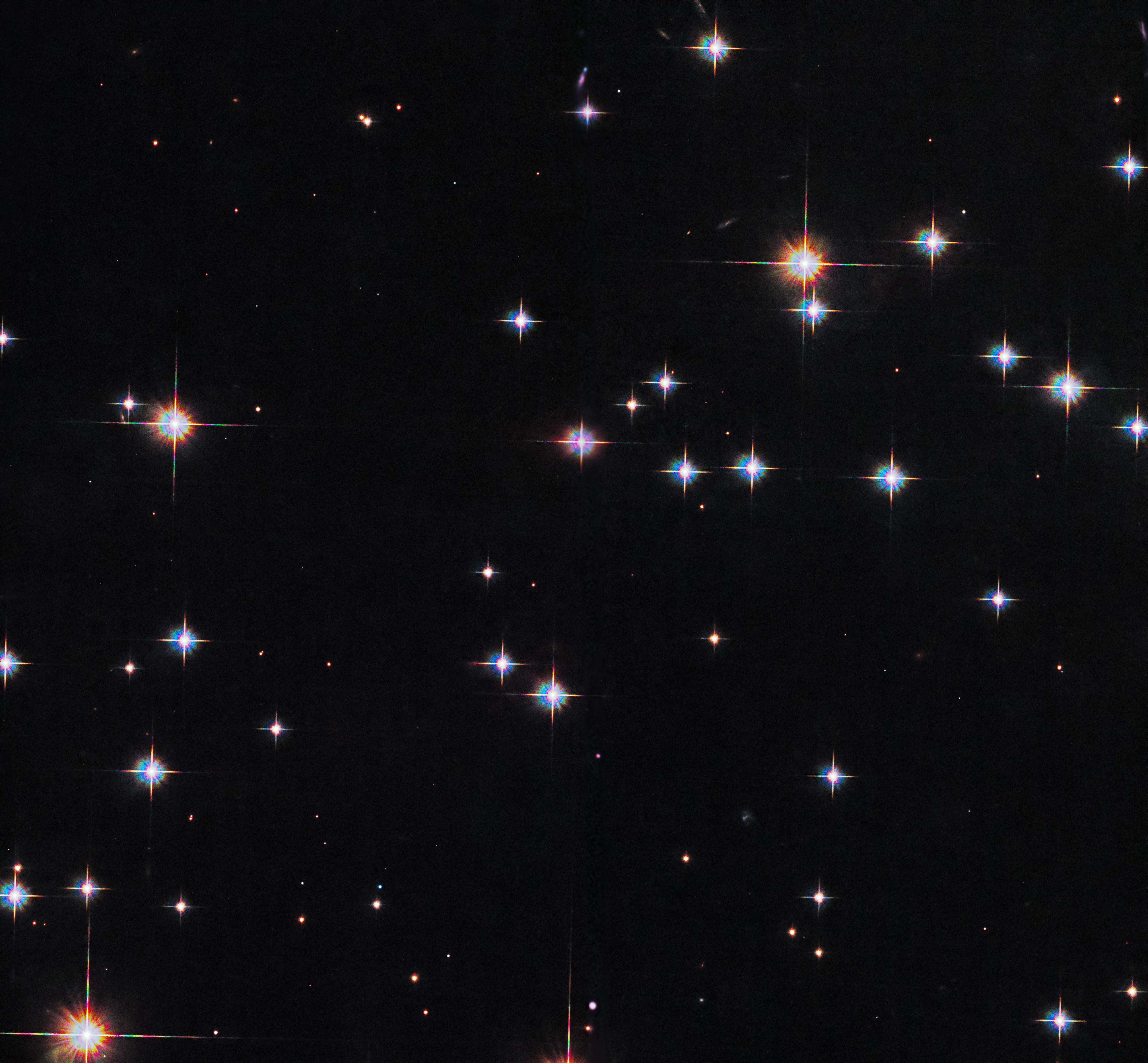
A handful of bright stars are strewn across the cosmos like sparkling sequins on velvet in this Hubble image of a section of Messier 67, also known as NGC 2682, the King Cobra Cluster, and the Golden Eye Cluster.
M67 is a collection of over 500 stars that are loosely gravitationally bound, a grouping known as an open cluster. Open clusters like this are typically quite young, but M67 is one of the oldest known open clusters at approximately 4 billion years of age ― about the same as our Sun. In fact, the cluster contains about 100 stars that are similar to our Sun in composition and age, along with many red giant and white dwarf stars. It is also home to around 30 “blue stragglers” ― odd stars that are brighter and bluer than the population from which they formed, perhaps as the result of pulling material from a binary companion. M67 is the oldest open cluster in the Messier catalog.
M67 is also unusual in its location, nearly 1,500 light-years above the plane of the Milky Way galaxy. Most open clusters are distributed along the central plane of the Milky Way.
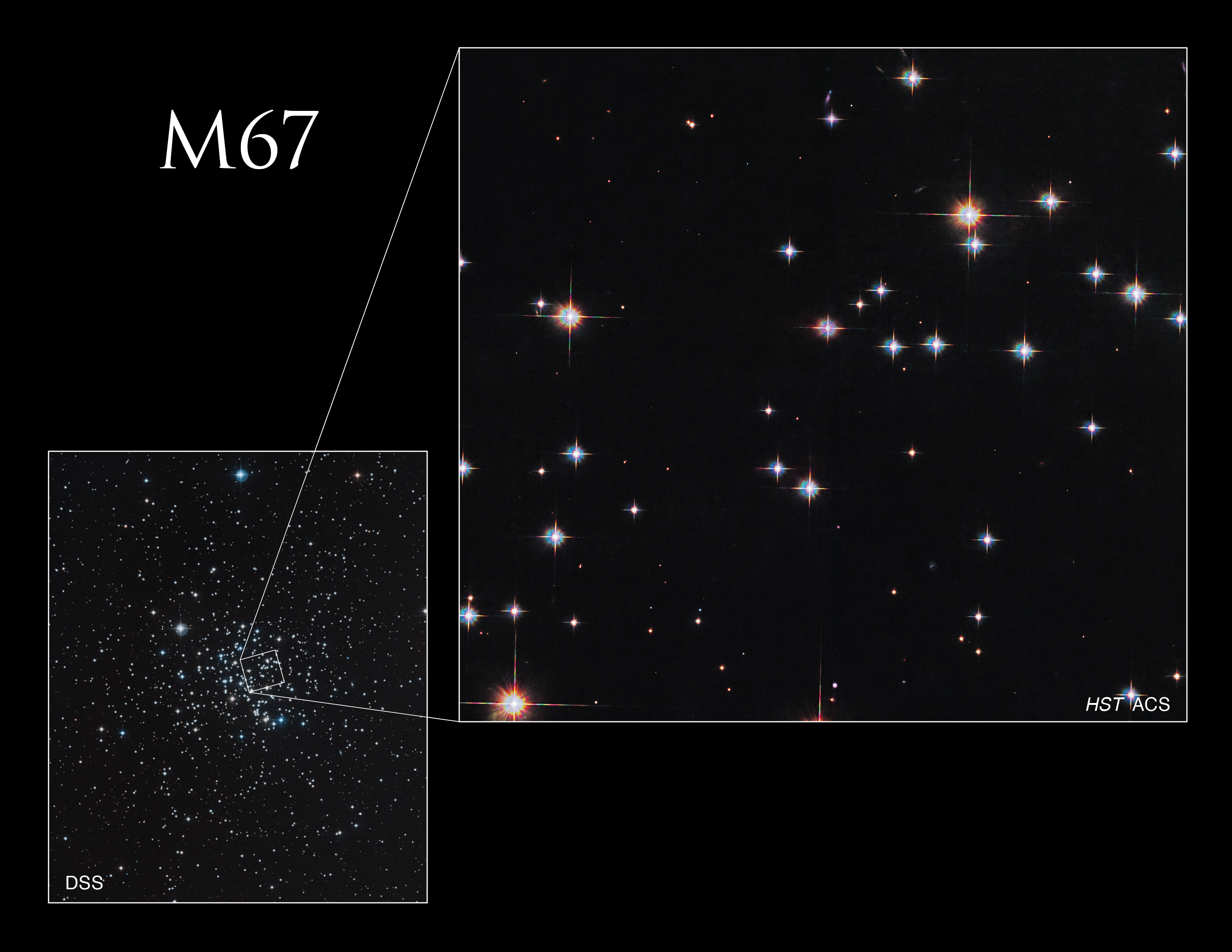
M67 was first recorded by German astronomer Johann Gottfried Koehler in 1779, then rediscovered and identified as a collection of stars by Charles Messier a year later. It resides about 2,800 light-years from Earth in the constellation Cancer.
To find M67, look for the upside-down Y in Cancer. M67 is west of the easternmost star in the Y. Alternately, go to the center of an imaginary line drawn between Regulus in Leo and Procyon in Canis Minor and look slightly north. M67 is visible in binoculars as a faint patch of light, and telescopes can resolve from a few up to 100 individual stars. Hubble’s image focuses in on just a small section of the cluster to show a detailed view of some of its colorful stars.
M67 is best viewed in the spring skies in the Northern Hemisphere, particularly March.
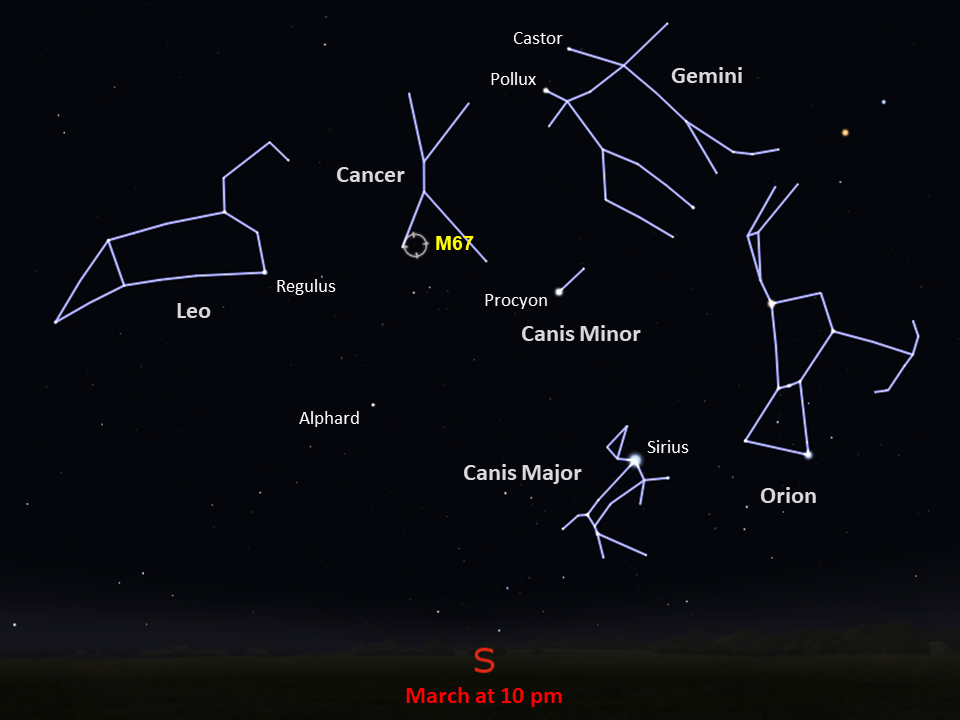
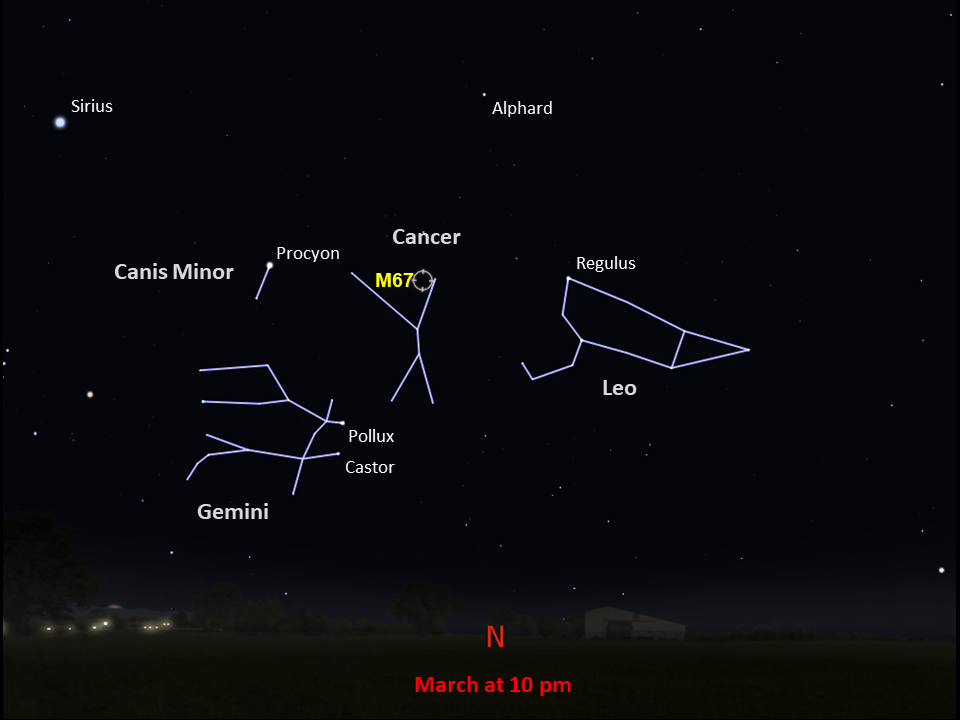
Explore Hubble's Messier Catalog
The following pages contain some of Hubble’s best images of Messier objects.
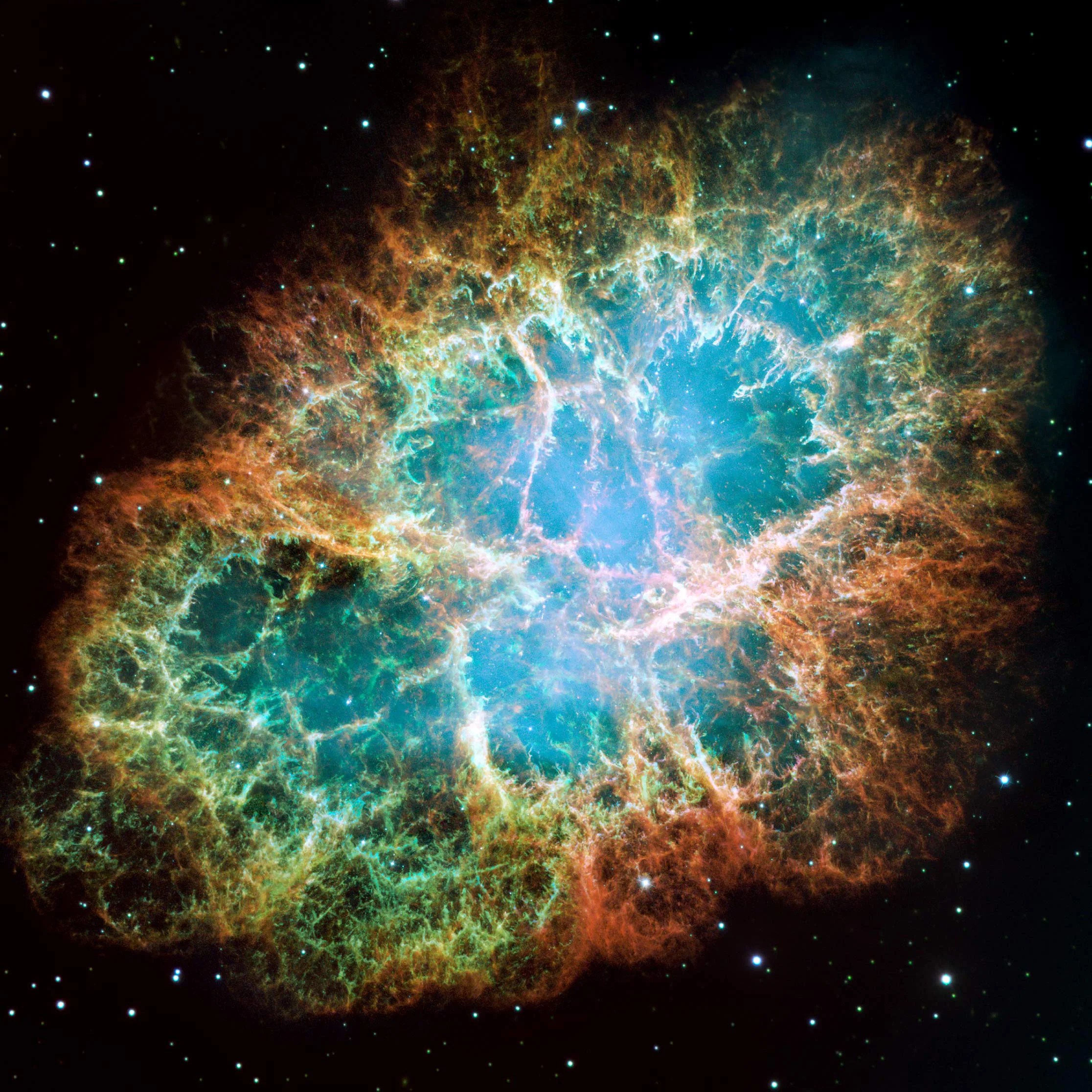
Messier 1 (The Crab Nebula)
Better known as the Crab Nebula, Charles Messier originally mistook Messier 1 for Halley’s Comet, which inspired him to create…
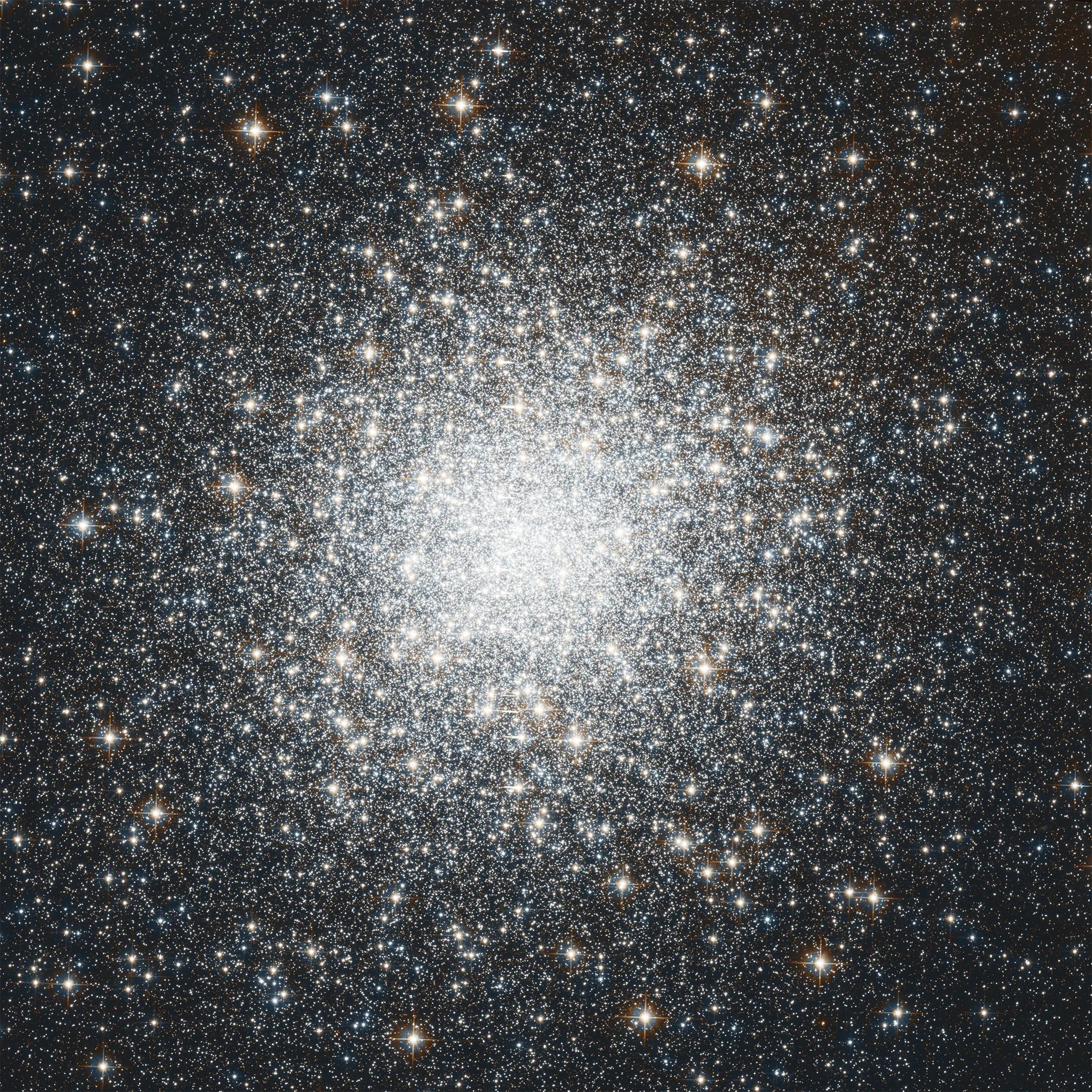
Messier 2
Hubble's image of Messier 2 is comprised of visible and infrared wavelengths of light.
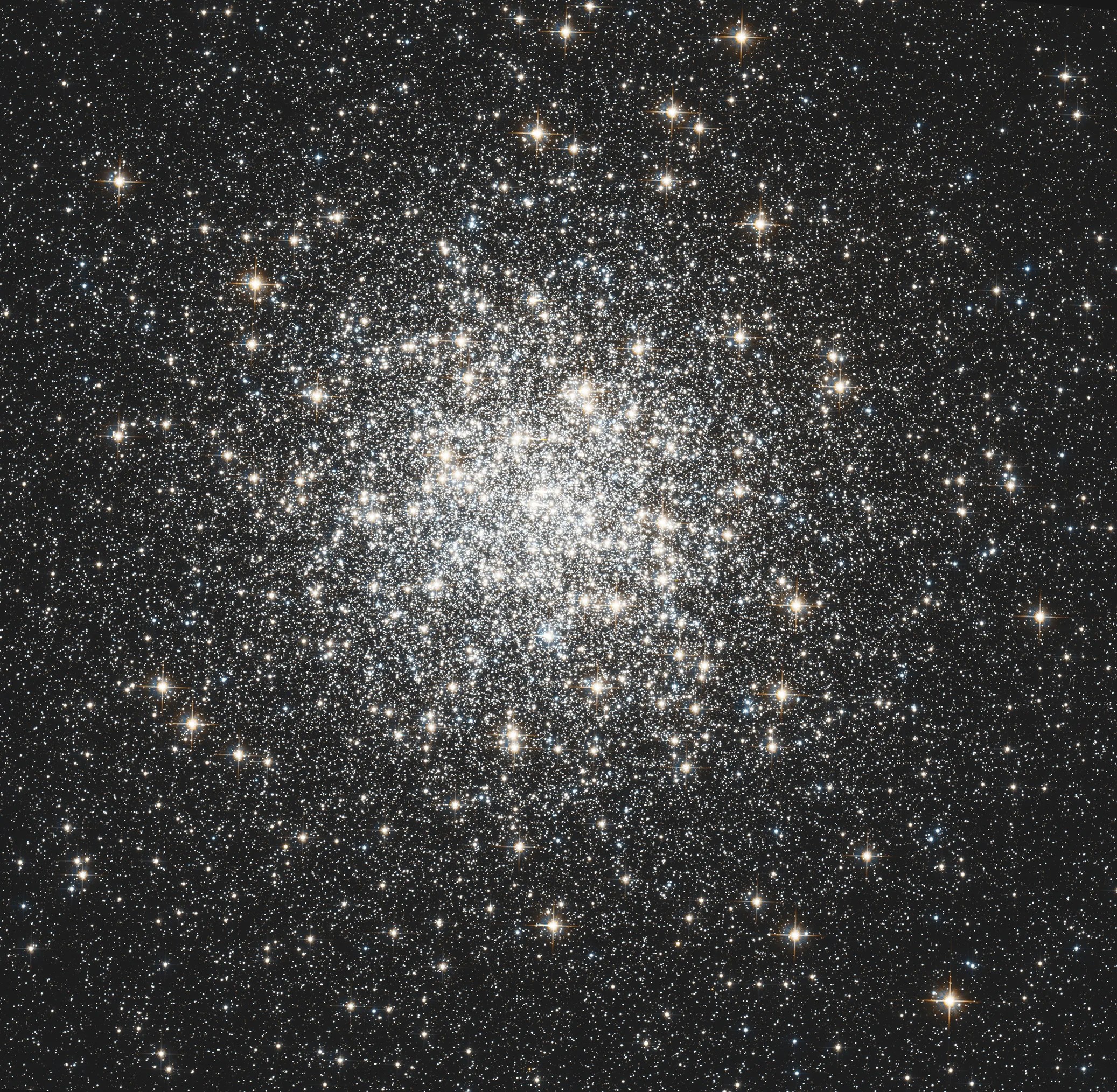
Messier 3
Messier 3 holds more than 500,000 stars.

